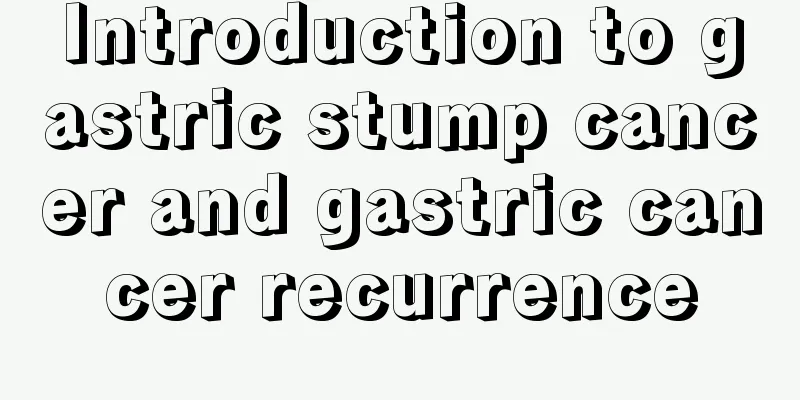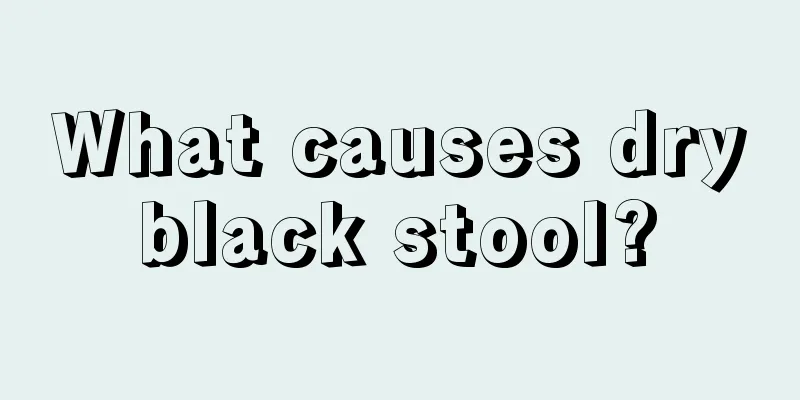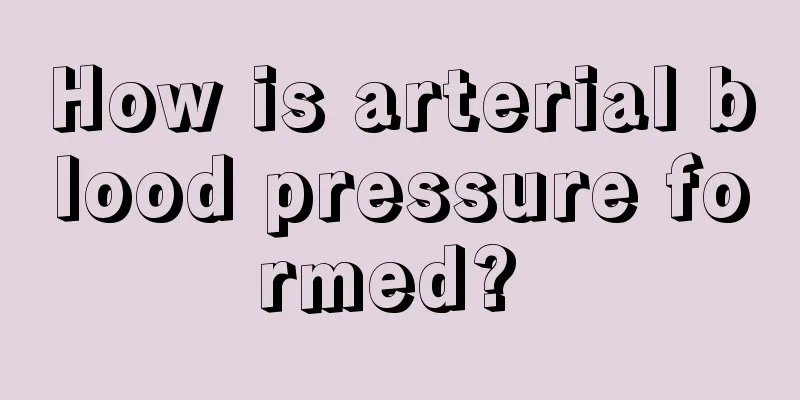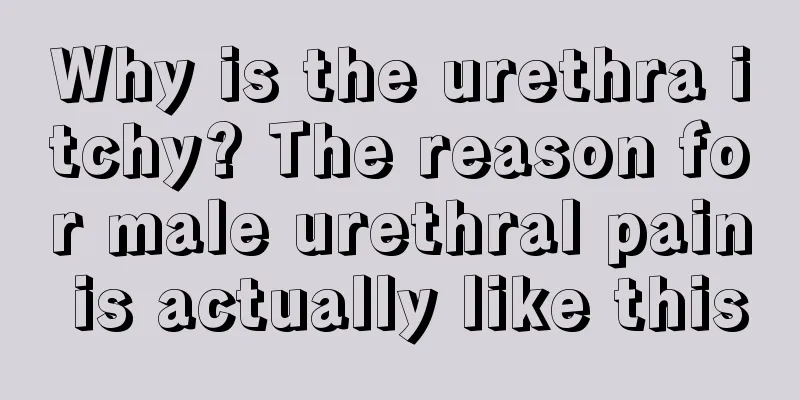Introduction to gastric stump cancer and gastric cancer recurrence

|
To analyze and summarize the methods of interventional surgery for the treatment of postoperative recurrence of gastric cancer and residual gastric cancer. The clinical data of 36 cases of postoperative recurrence of gastric cancer and residual gastric cancer were retrospectively analyzed. Results The lesions of these 36 patients were reduced after interventional treatment. Conclusion The use of DSA angiography to find the blood supply artery of the lesion and then give perfusion chemotherapy and perfusion chemotherapy + iodized oil suspension embolism has achieved certain therapeutic effects, and a new treatment method for gastric cancer recurrence has been found. Gastric cancer is one of the most common tumors in China, and comprehensive treatment with surgery as the main method is still the main treatment for gastric cancer. However, most patients who seek medical treatment are in the advanced or late stages, and the proportion of patients who can obtain radical resection is even lower. Many patients lose the opportunity for surgery or can only undergo palliative surgery. Therefore, patients with postoperative recurrence of gastric cancer and residual gastric cancer are also common, and most patients lose the opportunity for reoperation. The effect of intravenous chemotherapy alone is poor, and the side effects of chemotherapy are large. Our department selected 36 cases of postoperative recurrence of gastric cancer and residual gastric cancer, studied and explored the blood supply arteries of the residual stomach, and chose to use DSA angiography technology to find the blood supply arteries of the lesions and then give perfusion chemotherapy and perfusion chemotherapy + iodized oil suspension embolism, which achieved certain therapeutic effects and found a new treatment for gastric cancer recurrence. 1 Materials and methods 1.1 Data From January 2003 to October 2007, our department performed interventional treatment on 36 cases of gastric cancer recurrence and residual gastric cancer after surgery, including 26 males and 10 females; the primary gastric cancer was adenocarcinoma. All cases were diagnosed by barium meal, gastroscopy and pathological examination before surgery, of which 28 cases underwent simple perfusion chemotherapy and 8 cases underwent perfusion chemotherapy plus iodized oil suspension embolization. 1.2 Methods First, the Seldinger technique was used to perform superselective angiography of the common hepatic artery, splenic artery, gastroduodenal artery, left gastric artery, and short gastric artery after femoral artery puncture. After the blood supply artery of the lesion was identified, perfusion chemotherapy or perfusion chemotherapy + iodized oil suspension embolization treatment was performed 2 to 4 times according to the condition. Simple perfusion chemotherapy generally uses a triple regimen of 5-FU1g, epirubicin 30-50mg, and cisplatin 40-80mg. Preparation of iodized oil suspension: Use super liquefied iodized oil 4-8ml + cisplatin 40-60mg or epirubicin 30mg to mix thoroughly. For embolization of the blood supply artery of the lesion, the double regimen drug perfusion is first used. The interval between each simple perfusion chemotherapy is 3-4 weeks, and the interval between each perfusion chemotherapy + iodized oil suspension embolization is 4-6 weeks. In order to avoid damaging normal tissue, when using iodized oil suspension for embolization therapy, it is necessary to be super-selective and first perform embolization therapy on the diseased blood supply artery if there is no obvious reflux after angiography. 2 Results DSA angiography showed that 19 cases of residual stomach were supplied by the left gastric artery, 10 cases by the right gastric artery, and 7 cases by the splenic artery and short gastric artery. The recurrent lesions were all manifested as uneven and disorderly blood vessels in the arterial phase, and the solid phase showed staining of different sizes and shapes. After perfusion chemotherapy or perfusion chemotherapy decaiodized oil suspension embolization, 8 cases did not have new discomfort symptoms, and 28 cases had varying degrees of nausea and vomiting. Among the 8 patients who underwent embolization, 5 cases had upper abdominal pain. After 4 to 7 days of intravenous injection of tolbutrasetron 8 mg and supportive treatment, the symptoms were relieved or disappeared. Among them, 3 cases had severe reactions and were given 100 mg of pethidine intramuscular injection twice, which was relieved the next day. After interventional treatment, the lesions of these 36 patients were reduced, and 25 of them were significantly reduced, of which 9 had a reduction of more than 60%, and 16 had a reduction of 30% to 60%. Among them, 12 patients with anastomotic obstruction and incomplete obstruction had obstruction symptoms disappear in 7 cases and relieved in 5 cases after 1 to 2 treatments. Among the 16 patients with upper abdominal pain, 10 had pain relief or disappeared. Follow-up survival was more than 2 years in 3 cases, more than 1 year in 22 cases, and more than half a year in 11 cases. 3 Discussions 3.1 Before interventional treatment, it is necessary to be familiar with the normal blood supply of the stomach. Anatomically, the blood supply of the stomach is very rich, mainly including the left and right gastric arteries, the left and right gastroepiploic arteries, the short gastric arteries, the gastroduodenal arteries, etc. [1] During subtotal gastrectomy, due to different surgical methods, different blood vessels are ligated or blocked, and a new blood supply mechanism may be established in the residual stomach after surgery. Therefore, a detailed DSA examination of the possible blood supply vessels of the residual stomach can clearly identify the blood supply arteries of the residual stomach and perform symptomatic treatment. In this group of 36 patients who underwent DSA examination, different operations were selected according to the different blood supply arteries of the residual stomach. 3.2 All technical operations such as puncture, intubation, perfusion, and embolization in interventional treatment should be performed gently and avoid being rough. Patients with heart failure should undergo chemoembolization under ECG monitoring. Before intubation, an appropriate amount of heparinized saline should be injected through the catheter sheath, and normal saline should be injected intermittently during the operation to prevent blockage of the catheter sheath and catheter. 3.3 The choice of catheter for interventional treatment depends on personal habits. The openings and courses of the celiac artery and its branch arteries vary greatly. Generally, a hepatic artery catheter can be selected, and a cobra catheter with an ultra-smooth loach guidewire can be used for superselection. 3.4 After the blood supply artery is determined by DSA examination, intra-arterial infusion chemotherapy can increase the local drug dose in the lesion, improve the local drug concentration in the lesion, enhance the tumor's killing power, and reduce adverse reactions and damage to normal tissues. [2] The embolization of the peripheral blood vessels of the tumor by iodized oil suspension can prevent the tumor blood supply from forming collateral circulation, thereby achieving the purpose of tumor ischemia and necrosis. The mechanism may be: ① Tumors are rich in blood vessels, which can allow chemotherapy drugs to enter the tumor and fully kill tumor cells. ② The suspension of iodized oil and chemotherapy drugs slowly releases chemotherapy drugs while the iodized oil embolizes the peripheral blood vessels of the tumor, which accelerates the killing of the tumor and promotes the necrosis of tumor cells. 3.5 After chemotherapy embolization for recurrent cancer and residual gastric cancer, patients will have varying degrees of gastrointestinal reactions, which require symptomatic treatment to reduce chemotherapy side effects. The patient's life safety must be guaranteed. If the patient's reaction is severe or unbearable, the operation should be stopped immediately. Embolization should be performed with a microcatheter as far as possible, with the catheter tip placed distal to the artery supplying the lesion. Although the damage to gastric tissue caused by infusion chemotherapy and embolization is repairable, it is still necessary to protect normal gastric tissue from side effects as much as possible [3]. 3.6 After the operation, it is necessary to pay attention to symptomatic treatment such as local pressure bandage, lower limb immobilization, monitoring of vital signs, fluid support, protection of gastric mucosa, etc. to achieve better results. |
<<: Can I exercise during gastric cancer?
>>: What is the chance of inheriting colon cancer?
Recommend
Can I wear a jade Pixiu when I sleep?
There are many rules when wearing a Pixiu, and yo...
What is the cause of foot screw bone swelling
The screw bone is an important part of the foot, ...
What to do if your ears hurt when you dig them
The ears and belly buttons are areas of the human...
What are the sequelae of skin cancer after phototherapy
The incidence of skin cancer is relatively low am...
How to treat bronchial lung cancer? Revealing the common treatment options for bronchial lung cancer
Bronchogenic carcinoma can be treated with pallia...
400m running tips
We all know how to run, and we all run often. Esp...
Poor sleep may increase the risk of prostate cancer. Four factors that induce prostate cancer
After the onset of prostate cancer, there are man...
How is pelvic physiotherapy performed
Pelvic inflammatory disease is a relatively commo...
What to do if you have spastic constipation
Everyday constipation is already very painful, bu...
How to make perfume last longer?
Many people like to wear perfume. Spraying perfum...
How many times a day can a fetal heart monitor be used?
The fetal heart monitor that people often talk ab...
What to do with post-herpetic pain?
I believe that many people do not know what shing...
What is the best drink to clear the lungs?
If you have lung heat in your life, it will affec...
What should liver cancer patients pay attention to in their diet? Liver cancer patients can try these three dietary treatments
Liver cancer not only requires timely treatment, ...
What are the common symptoms of lung cancer in the early stage? 5 common symptoms of early lung cancer
If any disease reaches the late stage, it is diff...









